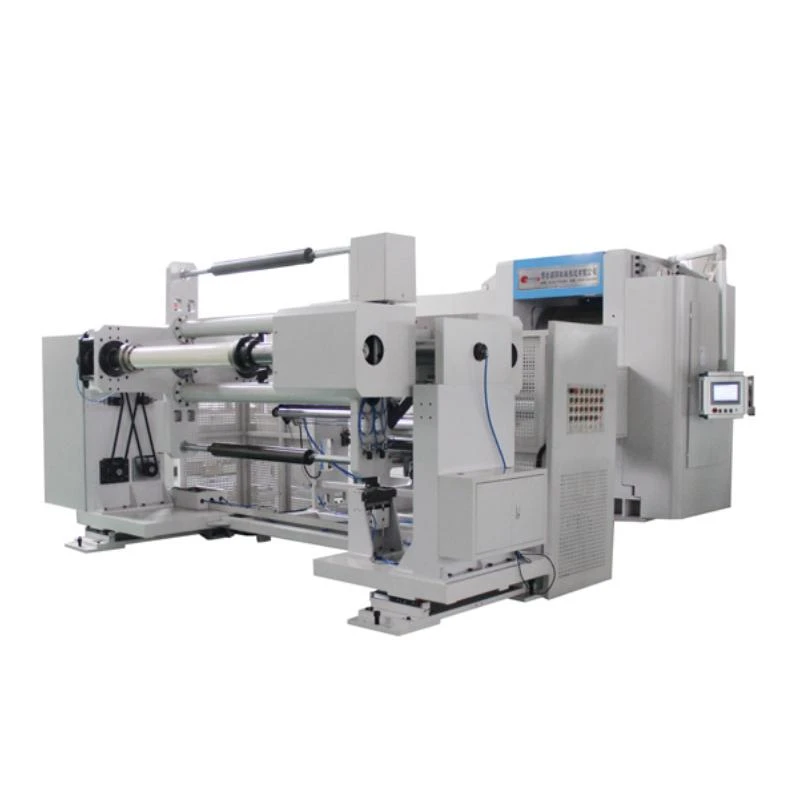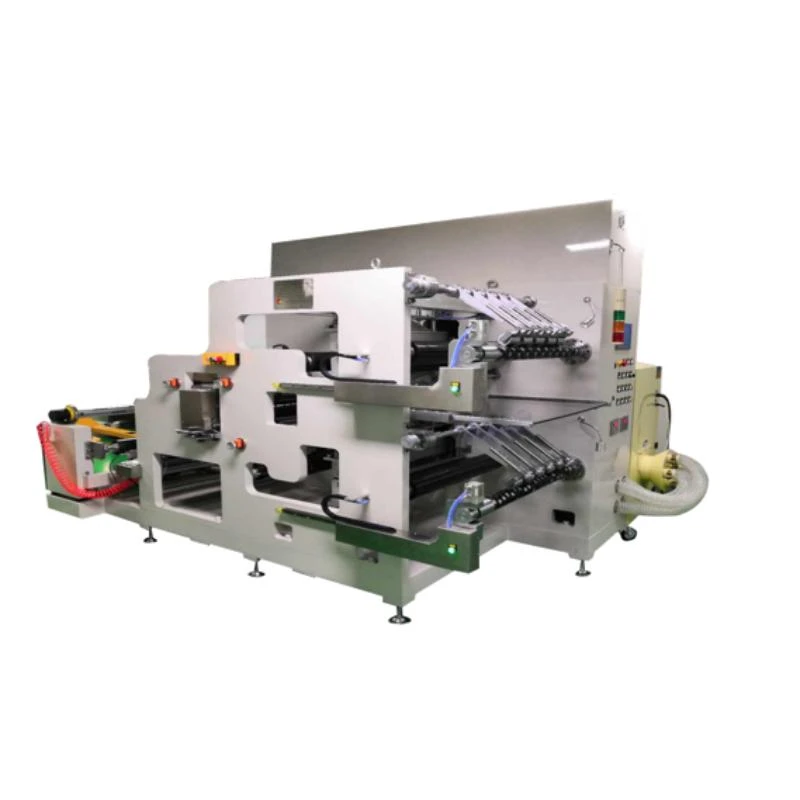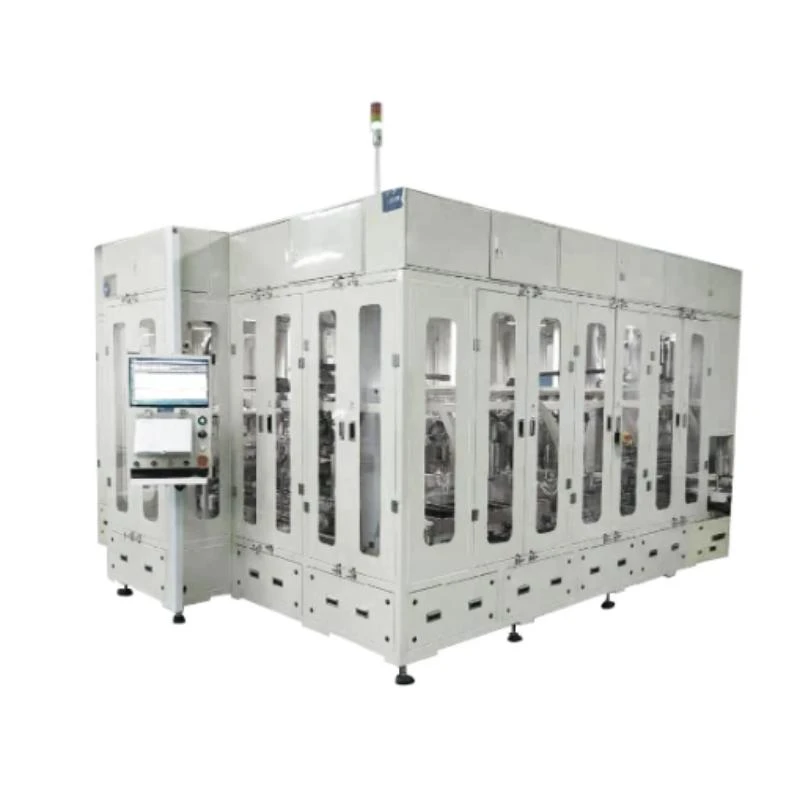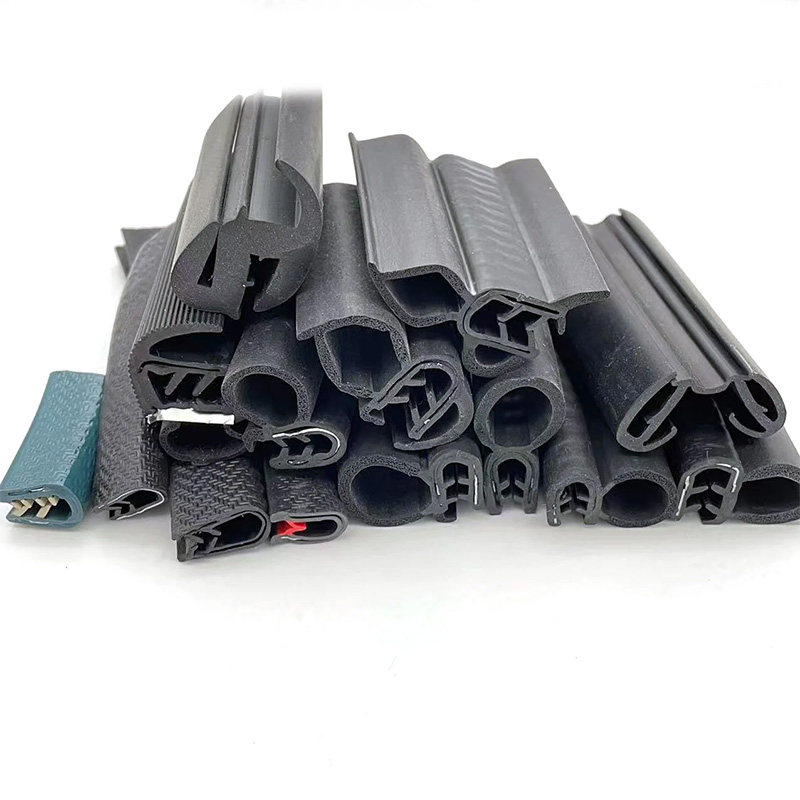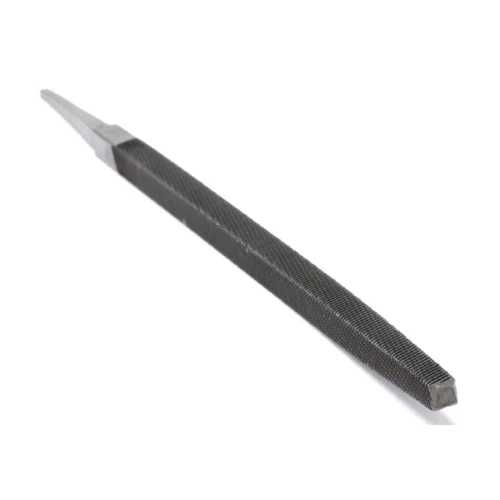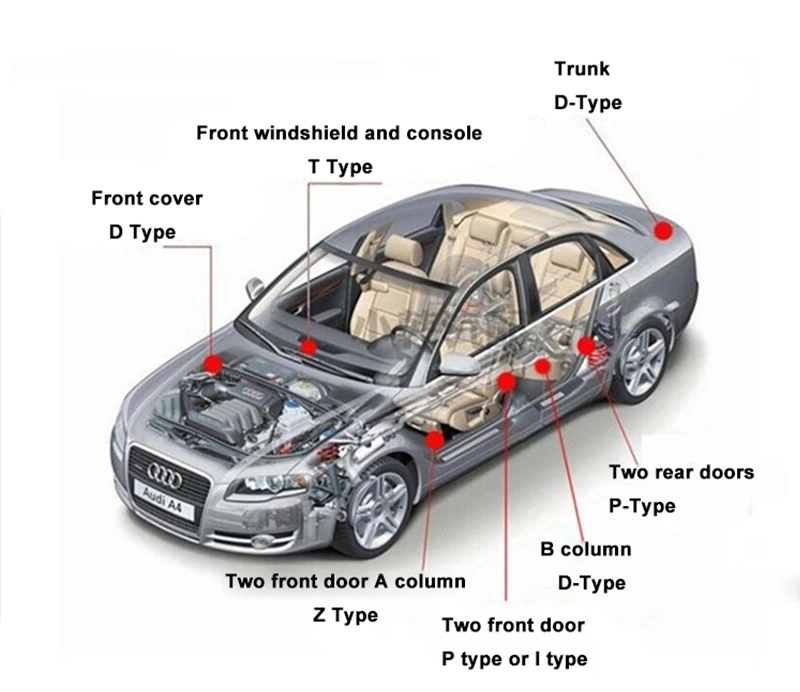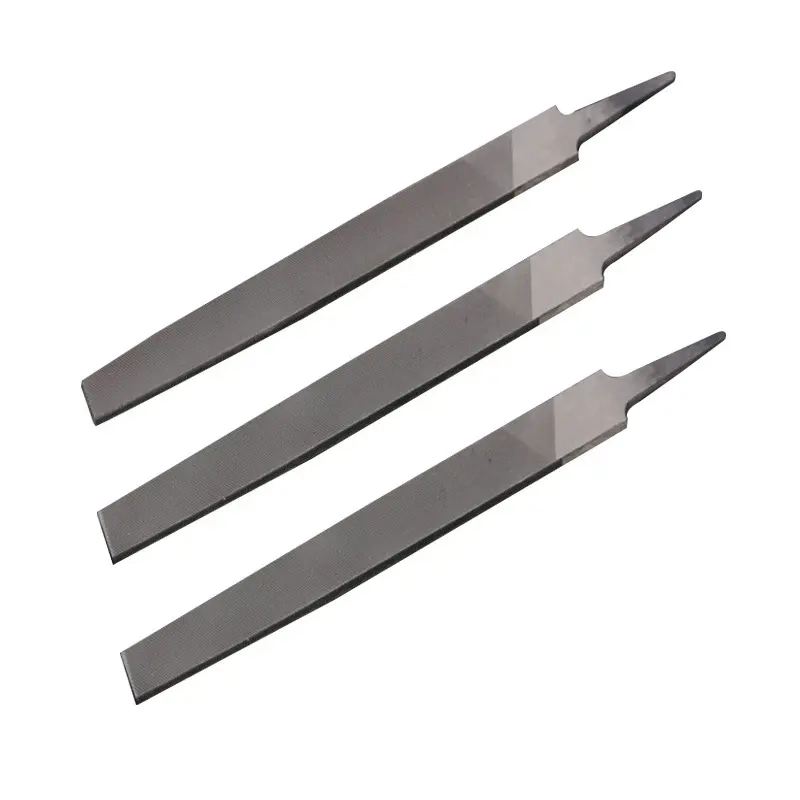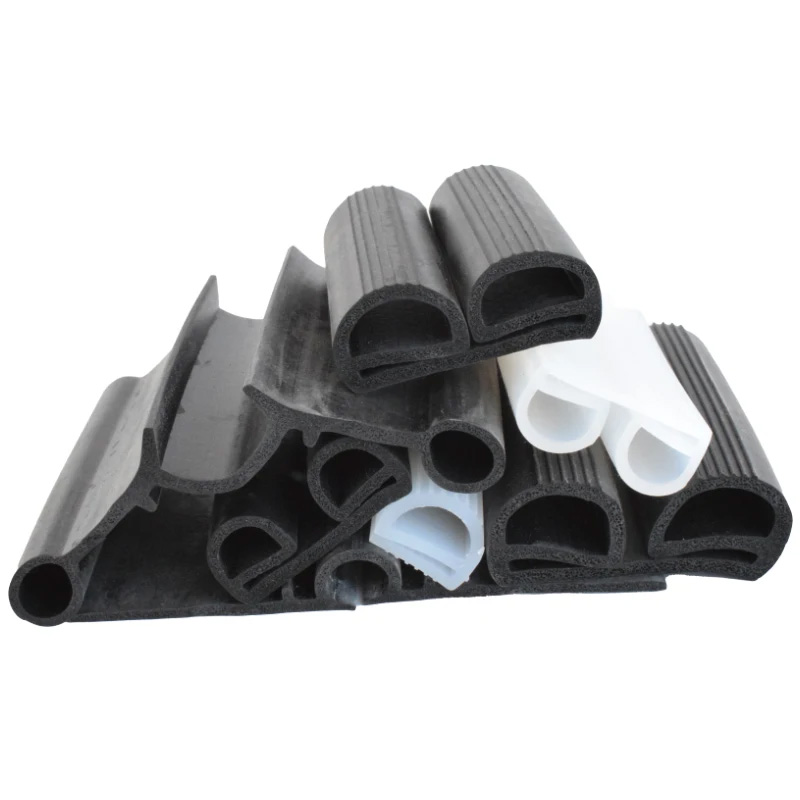High-Efficiency Lithium Ion Battery Assembly Machine
The Core of Tomorrow's Energy: Understanding the lithium ion battery assembly machine
The global energy landscape is undergoing a profound transformation, with lithium-ion batteries emerging as the cornerstone of this revolution. From powering electric vehicles (EVs) and smart grids to enabling portable electronics and renewable energy storage, the demand for high-performance, cost-effective lithium-ion batteries is surging. This unprecedented growth necessitates equally advanced manufacturing capabilities. At the heart of this industrial evolution lies the **lithium ion battery assembly machine**, a critical component in any modern lithium battery production line and ultimately, the entire battery production line. These sophisticated machines are pivotal in ensuring the precision, efficiency, and safety required for mass production of high-quality lithium-ion cells.
Our focus today delves into the intricacies of these machines, exploring their technological advancements, critical parameters, and diverse applications. We will specifically highlight the 900*1200 Positive Electrode Roll Pressing and Slitting Integrated Machine, a prime example of cutting-edge lithium battery equipment that streamlines electrode manufacturing – a foundational step in battery assembly. This detailed exploration aims to provide an expert-level understanding for industry professionals, researchers, and anyone keen on the future of energy storage.
Industry Trends and Technological Evolution
The **lithium ion battery assembly machine** sector is characterized by rapid innovation driven by several key trends:
- Increased Automation and AI Integration: To meet escalating demand and ensure consistent quality, production lines are becoming increasingly automated. AI and machine learning algorithms are being integrated for predictive maintenance, process optimization, and real-time quality control.
- Higher Precision and Throughput: The drive for denser, safer, and longer-lasting batteries demands extremely high precision in electrode manufacturing and cell assembly. Modern machines achieve micron-level accuracy at high speeds.
- Modularity and Flexibility: Manufacturers are seeking modular designs that allow for easy adaptation to different battery chemistries (e.g., NMC, LFP) and form factors (cylindrical, prismatic, pouch), enabling swift pivots based on market demands.
- Sustainability and Energy Efficiency: Growing environmental consciousness pushes for energy-efficient designs and reduced material waste throughout the production process.
- Enhanced Safety Features: Given the potential hazards associated with battery production, state-of-the-art safety protocols and features are non-negotiable, often incorporating advanced sensors for immediate anomaly detection.
Introducing the 900*1200 Positive Electrode Roll Pressing and Slitting Integrated Machine
As a cornerstone in the initial stages of a sophisticated lithium ion battery production line, our 900*1200 Positive Electrode Roll Pressing and Slitting Integrated Machine exemplifies precision engineering. This machine plays a dual role in preparing the positive electrode material: it precisely presses the electrode to a uniform thickness, crucial for energy density and performance, and then accurately slits it into desired widths for subsequent cell assembly. This integrated approach significantly enhances efficiency and reduces potential defects that can arise from separate processing steps.

This machine is specifically designed for high-volume, high-precision manufacturing environments, ensuring uniform density and precise dimensions of electrode sheets. These characteristics are paramount for the overall performance, safety, and longevity of the final lithium-ion battery. Integrating pressing and slitting minimizes material handling, reduces contamination risks, and optimizes space utilization on the battery production line.
Technical Parameters of Lithium Ion Battery Assembly Machine Components
Understanding the core specifications of a **lithium ion battery assembly machine** is essential for evaluating its suitability for a specific manufacturing scale and battery type. Below is a table outlining typical parameters found in advanced electrode processing equipment, with our 900*1200 machine serving as a benchmark for its class.
| Parameter | Unit | 900*1200 Positive Electrode Roll Pressing and Slitting Integrated Machine (Typical) | Industry Range for Similar Machines | Significance |
|---|---|---|---|---|
| Roller Width | mm | 1200 | 300 - 1500 | Determines the maximum width of the electrode sheet that can be processed. Wider rollers accommodate larger electrodes, crucial for EV and ESS batteries. |
| Max. Processing Width | mm | 900 | 200 - 1200 | Actual working width for coating and pressing, optimizing material usage. |
| Pressing Thickness Range | µm | 100 - 500 | 50 - 800 | The range of electrode thicknesses the machine can achieve. Precision here directly impacts energy density. |
| Slitting Accuracy | mm | ±0.05 | ±0.02 - ±0.1 | Precision of cutting the electrode into strips. Critical for uniform cell assembly and preventing short circuits. |
| Max. Slitting Speed | m/min | 50 | 10 - 80 | Maximum speed at which the electrode can be slit. Higher speeds mean higher throughput. |
| Unwinding/Rewinding Diameter | mm | Φ600 | Φ400 - Φ1000 | Maximum diameter of the raw material roll and finished product roll. Affects operational efficiency and frequency of roll changes. |
| Power Consumption | kW | ~15-20 | 10 - 50 | Energy usage of the machine. Lower consumption contributes to reduced operational costs. |
| Weight | kg | ~8500 | 3000 - 20000 | Indicates the robust construction and stability, important for precision operations. |
| Dimensions (L×W×H) | mm | ~4500×2000×2500 | Varies widely | Footprint and height for factory layout planning. |
| Operating Environment | °C/%RH | 20-28°C / <20% RH | Standard dry room conditions | Strict control of temperature and humidity is crucial for electrode integrity. |
These parameters underscore the importance of selecting a **lithium ion battery assembly machine** that aligns perfectly with production goals, cell design specifications, and factory environmental controls. Our 900*1200 machine is engineered to excel within the high-performance segment of these ranges.
The Manufacturing Process: Where the Lithium Ion Battery Assembly Machine Fits In
The manufacturing of a lithium-ion battery cell is a complex multi-stage process, demanding extreme precision at every step. The lithium ion battery assembly machine, especially components like our integrated press and slitter, plays a pivotal role in the initial, critical phase of electrode preparation. Here's a simplified overview of a typical lithium battery production line, highlighting key stages:
1. Slurry Preparation
Active materials (e.g., LiNMC, LiFePO4 for cathodes; graphite for anodes), conductive additives, and binders are precisely mixed with solvents to create a uniform slurry. This step demands accurate weighing and mixing to ensure electrochemical performance.
2. Coating
The prepared slurry is uniformly coated onto a metal current collector foil (e.g., aluminum for cathode, copper for anode). Coating thickness and consistency are critical for battery capacity and safety. Precision coating machines ensure even distribution.
3. Drying
The coated electrodes are dried in high-temperature ovens to evaporate the solvent, leaving a solid active material layer. This process must be carefully controlled to prevent cracking or delamination.
4. Roll Pressing (Compaction) - *Key Role of 900*1200 Machine*
The dried electrode sheets are then passed through high-precision roll presses. Our **900*1200 Positive Electrode Roll Pressing and Slitting Integrated Machine** excels here. This step compacts the active material, increasing its density and improving electrical contact between particles and the current collector. Optimized pressing enhances volumetric energy density and cycle life. The precise gap control, often down to microns, is paramount.

5. Slitting - *Integrated in 900*1200 Machine*
Immediately after pressing, the wide electrode rolls are precisely cut into narrower strips (slitting) to the exact dimensions required for individual battery cells. The integrated slitting function of our machine ensures seamless transition, preventing material damage and maintaining precise width tolerances. This reduces material handling and potential contamination, improving overall line efficiency.
6. Electrode Stacking/Winding
The processed positive and negative electrode strips, along with separator films, are precisely stacked (for pouch/prismatic cells) or wound (for cylindrical cells). Automated stacking/winding machines are highly advanced, ensuring perfect alignment to prevent internal short circuits.
7. Welding and Packaging
Tabs from the electrodes are welded, and the cell assembly is placed into its casing (pouch, prismatic can, cylindrical can). This requires high-precision laser welding or ultrasonic welding technologies.
8. Electrolyte Filling
The assembled cell is vacuum-filled with electrolyte. This is a critical step, often performed in a dry room environment, as the electrolyte activates the cell's electrochemical reactions.
9. Formation and Aging (Degassing)
Cells undergo initial charging/discharging cycles (formation) to form the Solid Electrolyte Interphase (SEI) layer, which is crucial for battery performance and longevity. Degassing removes any gases produced during formation. This is followed by an aging period to stabilize the cell.
10. Testing and Sorting
Finished cells are rigorously tested for capacity, internal resistance, voltage, and other performance metrics. Automated sorting machines classify cells based on these parameters for consistent battery packs.
Our **900*1200 Positive Electrode Roll Pressing and Slitting Integrated Machine** streamlines steps 4 and 5, providing a foundational layer of precision and quality that propagates throughout the entire battery manufacturing ecosystem. Its contribution directly impacts the yield, efficiency, and ultimate performance of the final lithium-ion battery.
Technical Advantages and Product Excellence
The **900*1200 Positive Electrode Roll Pressing and Slitting Integrated Machine** stands out due to its superior design, robust manufacturing, and adherence to stringent quality standards. Here's why it represents a significant advantage in the lithium battery equipment landscape:
- Material and Manufacturing Process:
- High-Precision Rollers: The core rollers are manufactured from specialized alloy steel, typically through forging for superior grain structure and then meticulously heat-treated to achieve optimal hardness and wear resistance. Surface finishes are achieved through precision grinding, often to a mirror-like finish, ensuring uniform pressure distribution and minimal adhesion.
- Robust Frame Structure: The machine's frame is constructed from high-strength, stress-relieved steel (e.g., Q345B or equivalent), often utilizing advanced CNC machining for precise component alignment and stability. This robust design minimizes vibration and deflection, even under high pressing forces, ensuring long-term operational stability and accuracy.
- Integrated Design: The seamless integration of pressing and slitting functions into a single unit reduces the machine's footprint, minimizes handling between processes, and significantly lowers the risk of contamination or damage to the delicate electrode sheets.
- Inspection Standards: Our manufacturing processes adhere to international standards such as ISO 9001 for quality management systems. Key components undergo rigorous dimensional accuracy checks, material composition verification (e.g., using光谱分析仪 - optical emission spectrometer), hardness testing (e.g., Rockwell, Vickers), and non-destructive testing (NDT) like ultrasonic inspection for internal defects. Finished machines are subjected to comprehensive factory acceptance tests (FAT) validating performance against published specifications, including pressing uniformity, slitting accuracy, and speed.
- Exceptional Service Life: Designed for continuous industrial operation, the machine boasts a projected service life exceeding 15 years with proper maintenance. Key wear parts are engineered for durability, and easy replacement facilitates long-term operational efficiency. The robust construction and use of high-quality bearings and drive systems contribute significantly to its longevity.
- Applicable Industries: While battery manufacturing is its primary domain, the precision and robust nature of this **lithium ion battery assembly machine** make it ideal for:
- Electric Vehicle (EV) Battery Production: Meeting the demanding requirements for high energy density and cycle life of automotive batteries.
- Energy Storage System (ESS) Manufacturing: Producing large-format electrodes for grid-scale and residential energy storage solutions.
- Consumer Electronics Battery Production: Ensuring consistent quality for smaller, high-performance batteries in smartphones, laptops, and wearables.
- Specialized Industrial Battery Applications: Catering to custom battery needs for robotics, medical devices, and aerospace.
- Advantages in Application Scenarios:
- Precision and Uniformity: Achieves exceptional thickness uniformity (often
- High Throughput and Efficiency: Capable of continuous, high-speed operation, significantly boosting production output. The integrated design reduces cycle time and labor requirements.
- Reduced Material Waste: Precise control over pressing and slitting minimizes scrap rates, leading to substantial cost savings on expensive electrode materials.
- Enhanced Safety: Designed with multiple safety interlocks, emergency stops, and features to prevent material jamming, ensuring operator safety and protecting valuable equipment.
- Data-Driven Control: Equipped with advanced PLC (Programmable Logic Controller) systems and HMI (Human-Machine Interface) for real-time monitoring, data logging, and process adjustments, enabling smart manufacturing and traceability.
This commitment to engineering excellence positions our equipment at the forefront of the lithium ion battery production line.
Manufacturer Comparison: Choosing Your Battery Production Line Partner
When investing in a **lithium ion battery assembly machine**, selecting the right manufacturer is as crucial as the machine itself. The market offers a spectrum of providers, from general automation companies to specialized battery equipment manufacturers. Here’s a comparison framework to consider:
| Feature/Criterion | Specialized Battery Equipment Manufacturer (e.g., Us) | General Automation Equipment Provider | Low-Cost/Entry-Level Provider |
|---|---|---|---|
| Industry Focus & Expertise | Dedicated R&D in battery chemistry & process. Deep understanding of electrochemical nuances. | Broad automation experience, may adapt existing tech. Limited specific battery process knowledge. | Basic understanding, often reverse-engineered designs. |
| Technical Precision & Quality | Highest standards (sub-micron control), premium materials, ISO/CE/UL certifications. Engineered for long-term stability and minimal deviation. | Good standard industrial precision, but might lack battery-specific optimizations. | Variable quality, often relies on manual calibration, less stable. |
| Customization & Flexibility | Extensive ability to customize for specific battery types, chemistries, and production scales. Modular designs. | Limited customization, generally offers standard configurations. | Very little to no customization options. |
| After-Sales Support & Service | Comprehensive global support, dedicated battery engineers, fast spare parts delivery, remote diagnostics. Strong emphasis on uptime. | Standard industrial support, may require external specialists for battery-specific issues. | Limited support, often relies on local distributors, slow response. |
| R&D Investment & Innovation | Significant ongoing investment in new materials, automation, and AI for next-gen batteries. | General R&D, may not prioritize battery-specific advancements. | Minimal R&D, focuses on cost reduction. |
| Total Cost of Ownership (TCO) | Higher initial investment, but lower TCO due to higher yield, less downtime, longer lifespan, and lower defect rates. | Moderate initial cost, TCO can be higher due to less optimized performance. | Lowest initial cost, but highest TCO due to frequent breakdowns, high scrap rates, and short lifespan. |
| Certifications & Compliance | Adherence to specific battery safety standards (e.g., UN38.3, IEC 62133 for battery products; CE, UL for machinery), ISO 9001, etc. | General machinery safety certifications. | May lack robust certifications. |
Our commitment as a specialized manufacturer in lithium battery equipment positions us squarely in the "Specialized Battery Equipment Manufacturer" category. We focus on delivering not just machines, but integrated solutions that meet the exacting demands of modern **lithium ion battery assembly machine** operations, ensuring long-term reliability and competitive advantage for our clients.
Custom Solutions and Application Cases
Recognizing that no two lithium ion battery production line requirements are identical, we specialize in providing bespoke solutions. Our engineering team collaborates closely with clients to tailor our **lithium ion battery assembly machine** offerings to specific production scales, cell designs, and automation levels. This includes:
- Scalable Production Lines: From pilot lines for R&D and small-batch production to fully automated gigafactory-scale lines.
- Integration with Existing Infrastructure: Designing our equipment to seamlessly integrate with a client's current plant layout and automation systems.
- Material Compatibility: Adapting machine configurations for various electrode materials and current collector types.
- Specific Throughput Requirements: Optimizing machine speed and automation levels to meet target production volumes efficiently.
Application Cases (Experience and Trustworthiness)
"Implementing their 900*1200 Roll Pressing and Slitting machine was a game-changer for our EV battery production. The consistency in electrode thickness and precision in slitting significantly reduced our defect rate by 18% and improved our overall line efficiency by 15% within the first six months. Their technical support was exceptional, guiding us through integration and optimization. A truly robust and reliable piece of lithium battery equipment."
— Production Manager, Leading Automotive OEM, North America

"For our energy storage system battery line, throughput and precision are paramount. The custom solution they provided, including their advanced **lithium ion battery assembly machine**, allowed us to scale up our production without compromising on cell quality. Their engineering team's deep understanding of dry room environments and material handling was invaluable."
— CTO, Major ESS Provider, Europe
Authoritativeness and Trustworthiness
Our commitment to excellence is underscored by our adherence to international quality and safety standards. We are an ISO 9001 certified manufacturer, ensuring robust quality management across all processes from design to delivery. Our equipment is designed to meet or exceed relevant global standards such as CE marking for European markets and UL compliance guidelines where applicable, demonstrating our dedication to product safety and performance.


Our long-standing partnerships with leading battery manufacturers and research institutions globally attest to our authoritative position in the **lithium ion battery assembly machine** sector. With over 15 years of dedicated service in the lithium battery equipment industry, we have accumulated invaluable experience and a reputation for reliability and innovation.
Frequently Asked Questions (FAQ) about Lithium Ion Battery Assembly Machine
The primary structural components, particularly the frame, are constructed from high-strength, stress-relieved industrial steel (e.g., Q345B), ensuring rigidity and minimal vibration. The critical pressing rollers are made from specialized alloy steels, precisely forged, heat-treated, and surface-ground to achieve exceptional hardness, wear resistance, and surface finish. Precision bearings and durable stainless steel for contact parts are also used to prevent contamination and ensure longevity.
Our machines are manufactured under an ISO 9001 certified quality management system. Key components undergo dimensional accuracy checks with precision instruments (e.g., CMM), material composition analysis (e.g., OES), and hardness testing. The completed machine undergoes rigorous Factory Acceptance Tests (FAT) to verify performance parameters like pressing uniformity, slitting accuracy, speed, and safety features, ensuring compliance with specifications and international safety guidelines like CE.
With proper installation, routine maintenance, and adherence to operational guidelines, the 900*1200 Positive Electrode Roll Pressing and Slitting Integrated Machine is designed for an operational service life of 15 years or more. Its robust construction and selection of durable components contribute significantly to this extended lifespan, minimizing the need for premature replacements.
Yes, the machine is designed with modularity and flexibility in mind. Our engineering team works closely with clients to ensure seamless integration into existing battery production line setups. This includes adapting mechanical interfaces, control system compatibility (e.g., OPC UA, Ethernet/IP), and material handling systems to match your current infrastructure.
Delivery times can vary based on current production schedules and customization requirements, typically ranging from 12 to 20 weeks from order confirmation. Installation and commissioning usually take an additional 2-4 weeks, depending on the complexity of integration. Our team provides detailed project timelines and onsite support for efficient setup and training.
We provide a comprehensive warranty covering parts and labor for a standard period (e.g., 12-24 months) from the date of commissioning. Our after-sales support includes 24/7 technical assistance, remote diagnostics, on-site service by experienced engineers, and a readily available inventory of spare parts to ensure maximum uptime for your lithium battery equipment.
The 900*1200 machine is designed with adjustable parameters to accommodate a wide range of electrode materials (e.g., NMC, LFP, NCA for cathodes; graphite, silicon-graphite for anodes) and varying thicknesses within its specified range (100-500µm). The precise gap control system and customized roller surface treatments ensure optimal compaction and minimal material adhesion across different chemistries, maintaining high quality and efficiency regardless of the specific material being processed.
Authoritative Citations and Further Reading
The advancements in lithium ion battery production line technology are extensively discussed in academic and industry publications. For those seeking deeper insights into the intricacies of battery manufacturing and the critical role of equipment like the **lithium ion battery assembly machine**, we recommend exploring the following:
- Journal Article:
A comprehensive review of battery manufacturing processes, highlighting the significance of electrode preparation and assembly automation.
Li, J., Yu, X., & Yang, B. (2020). Advanced manufacturing technologies for lithium-ion batteries: A review. Journal of Power Sources, 477, 228741. - Industry Report:
Analysis of market trends, technological challenges, and future outlook for the global battery manufacturing equipment industry.
Grand View Research. (2023). Lithium-Ion Battery Market Size, Share & Trends Analysis Report. (Specific report on manufacturing equipment may require subscription/purchase) - Industry Forum/Association:
Resources from leading battery industry associations often provide white papers, webinars, and expert discussions on manufacturing best practices.
International Battery Association (IBA) - While IBA focuses on scientific advancements, industry-specific organizations like NAATBatt International or Battery Council International (BCI) offer insights into manufacturing. (Example link for Battery Association, but consider more specific manufacturing associations if found). - Technical Standard:
Standards related to lithium-ion battery safety and performance, which indirectly guide machine design and testing.
IEC 62619: Secondary cells and batteries containing alkaline or other non-acid electrolytes – Safety requirements for large format secondary lithium cells and batteries for industrial applications. (Relevant for battery product, not machine directly, but influences machine requirements).
These resources underscore the rigorous research and development driving the evolution of lithium ion battery production lines and the continuous improvement in lithium battery equipment efficiency and safety.
Share
-
Lithium Battery Welding Machine | High-Precision, Fast, SafeNewsNov.17,2025
-
Aluminium Guide Roller | Anodized, Lightweight, Low-NoiseNewsNov.17,2025
-
Tofu Cat Litter Bulk – Eco, Low-Dust, Fast Clumping SupplyNewsNov.17,2025
-
Equipment for Lithium Cell Assembly | Automated & PreciseNewsNov.10,2025
-
Square File Tool – Precision Cut, Hardened Steel, VersatileNewsNov.10,2025
-
Lithium Ion Battery Assembly Machine | Automated, High-SpeedNewsNov.10,2025
